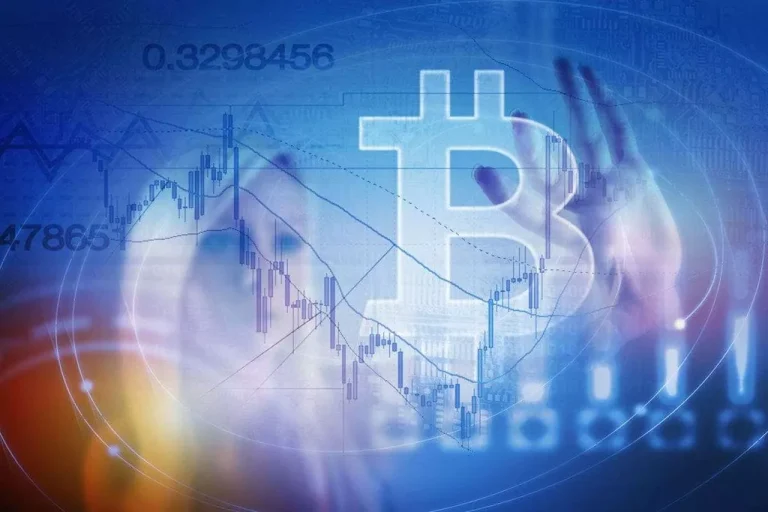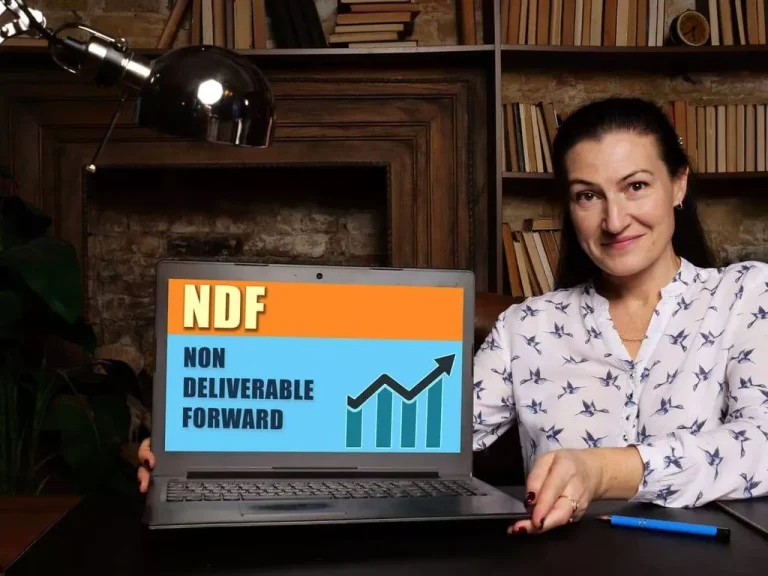Content
The underlying assets of ETCs typically include a range of commodities such as precious metals, agricultural products, energy resources, or a combination thereof. ETCs let investors buy and sell commodities without holding or owning any of the underlying commodities. This means investors can capitalize on Prime Brokerage specific commodities, commodity indices, or commodity futures contracts without ever having to store or hold a tangible commodity. Helsinki, January 20th, 2025 – Virtune, the Swedish regulated crypto asset manager, today announced the listing of Finland’s first crypto exchange-traded products (ETP) on Nasdaq Helsinki.
What you need to know about exchange-traded products.
Tracking error refers to the difference between an ETP’s performance and the performance of its underlying index or asset. Taken etp vs etf together, ETFs, ETNs, and ETCs form a group of exchange-traded products (ETPs) that can be a useful tool to include in a diversified portfolio. Investors can also use exchange-traded notes (ETNs) and exchange-traded commodities (ETCs).
What’s the Difference Between an ETF and a Mutual Fund?
Mutual funds are typically priced at the end of the trading day when orders are actually filled. For example, an investor can place a buy or sell order for an ETF share at a specific price with a broker or buy the ETF in the morning and sell it by the end of the day. Mutual funds can be purchased and sold during the day but are not priced until the market closes. ETPs also often carry lower expense ratios than their mutual fund counterparts. Virtune with its headquarters in Stockholm is a regulated Swedish digital asset manager and issuer of crypto exchange traded products on regulated European https://www.xcritical.com/ exchanges.
Key Considerations for Exchange-Traded Product Investors

The ETPs are now trading in euro and are accessible to investors through major Nordic financial institutions, including Nordnet and other established brokers. ETFs primarily aim to mirror the performance of specific markets or sectors, tracking underlying benchmark indices. Consequently, their success or failure closely aligns with the market or sector they represent. Throughout the trading day, this Gold ETF can be bought and sold on a stock exchange, much like shares of a company. ETFs are a subset of ETPs regulated by the SEC under the 1940 Investment Company Act, while ETPs can fall under further regulations depending on their assets.
However, the risks of it include tracking errors, counterparty risk in the case of ETNs, and the potential for liquidity issues in the case of less popular or illiquid ETPs. Spread bets and CFDs are complex instruments and come with a high risk of losing money rapidly due to leverage. 70% of retail investor accounts lose money when trading spread bets and CFDs with this provider.
ETFs offer efficient, liquid, low-cost market access in a transparent, tax-efficient vehicle. Investors can also choose from various ETFs targeting more specialized market sectors based on their financial goals and risk tolerance. The tax treatment of ETPs varies depending on the nature of the product, and not all ETPs offer the same tax efficiencies. Leveraged and inverse ETPs, precious metal and other commodity ETPs, and currency ETPs, for example, can create tax liabilities. Certain types of ETFs also might subject investors to different tax issues as well.
So-called “tracking error” occurs when the returns of the ETP deviate from the returns of its underlying benchmark, which can impact investor performance (either negatively or positively). An ETP’s price also might diverge significantly from the underlying value of its portfolio if, for example, there’s a disruption in the share redemption or creation process. Some ETPs are designed to provide returns that are leveraged (such as two- or three-times) or inverse (such as the opposite or twice the opposite) of the return of the index or benchmark they track.
APs purchase and redeem shares directly with the ETF in the primary market in large blocks of shares called creation units. APs typically sell some or all of their ETF shares in the secondary market, on an exchange. This enables investors to buy and sell ETF shares like the shares of any publicly traded company. ETPs are a type of investment vehicle that trade on stock exchanges and track the performance of an underlying asset, index, or strategy. Leveraged ETPs seek to magnify the returns of an underlying index or asset class using financial derivatives and debt. Inverse ETPs, on the other hand, aim to provide the opposite (inverse) performance of the underlying index.
They can also choose to invest in companies with different market capitalization or specific themes, like artificial intelligence, which might involve companies across different sectors. For instance, if you think that natural gas companies are a good prospect, you might consider a fund like the United States Natural Gas Fund (UNG). ETFs have grown their assets tremendously, increasing from a negligible amount of total U.S. fund assets to about 30% in late 2023, with much of the rest taken up by mutual funds.
- You may also encounter ETFs when selecting investments within your employer-sponsored retirement plan.
- These payments flow through to shareholders according to specific fund policies.
- While a lower error is preferable, not all tracking errors are easy to predict or explain.
- ETPs are market-linked products and, just like any stock, can increase or decrease in price.
- Mutual funds can be purchased and sold during the day but are not priced until the market closes.
ETCs track the commodity’s price or a basket of commodities, allowing investors to gain exposure to commodity markets through a security that trades on a stock exchange. Among ETPs, exchange-traded funds (ETFs) are the best known, and offer flexibility, cost efficiency, and comparatively lower fees. ETFs often mirror the performance of indexes, sectors, or commodities prices, providing a transparent and effective way to invest in entire markets or specific economic niches without having to buy the underlying assets. ETPs that invest in commodities, currencies or related futures may be structured differently, and some may even be registered under the Investment Company Act of 1940. Know what type of ETP you’re investing in, since the structure can impact the product’s costs, risks and tax consequences.
ETFs that track the S&P 500, for instance, will generally be more liquid than a specialized ETF with less open interest. The distinguishing feature of ETFs within the ETP universe lies in their creation-redemption mechanism. This process enables supply adjustment based on market demand, maintaining price alignment with the fund’s net asset value (NAV). Authorised participants, acting as institutional intermediaries, facilitate this process by creating or redeeming large share blocks called creation units. The structural framework of ETPs, particularly their creation-redemption methodology, typically generates superior tax outcomes compared to traditional funds.
This examination of the ETP landscape highlights its essential role in innovative, responsive fund management. The ETP marketplace continues its development trajectory, shaped by technological progress, dynamic investor demands, and evolving market structures. Ongoing innovation in product design and expansion into additional asset categories and investment strategies suggests further enhancement of ETP utility across investor segments. Exchange-traded products comprise a number of investment types of which the best-known are exchange-traded funds (ETFs).

ETPs can also be sold short, purchased on margin or have options contracts written on them. And, like mutual funds, they track an underlying index or asset or might reflect an actively managed strategy. Like ETFs, ETNs trade on exchanges, and their returns are linked to a market index or other benchmark.
Then, we introduce the categories you’ll see most often as you look through your brokerage’s platform. For example, certain ETFs track the S&P 500 or the Barclays Capital U.S. Aggregate Bond Index, which invests in securities in those indexes. And, unlike a mutual fund with its net asset value (NAV) calculated at the end of each trading day, an ETF’s price changes throughout the day, fluctuating with supply and demand. Unlike ETFs, which hold underlying assets, ETNs are structured as unsecured debt securities issued by financial institutions.
